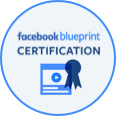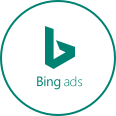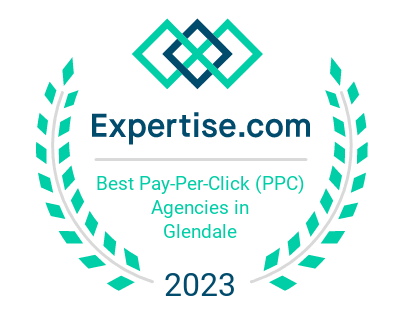
SEO is an ongoing task, not something you can address once and forget about. New trends continually emerge while algorithms evolve and user behavior changes. To remain competitive, you need to put in consistent effort, which means regularly updating your site and staying on top of the latest changes. How do you know where your focus should be?
Start With Your Most Valuable Pages
Optimizing your website doesn’t mean changing all your pages at once. Start by working on the pages that currently drive the most traffic and conversions. Small tweaks to pages that are already delivering results may lead to even better results.
Identify your top performing pages by reviewing information in Google Analytics and Google Console. Metrics to consider include:
- Traffic. The pages that are currently receiving the most traffic contain valuable content. Freshen the content on these pages by adding additional information such as new studies and new insights.
- Rankings. Pages that are already ranking well may still benefit from improvements. Try tweaking content and meta data for even better rankings.
- Conversions. Optimize pages that lead to conversions such as lead capture forms, service pages and product pages. Refine calls to action and aim for improved load times.
Think about ways to help users have a better experience. When you make changes, pay attention to the impact they have on results and engagement.
What Pages Have Room for Improvement?
Evaluate pages that have low click-through rates or have other signs of poor performance. In Google Console, look for pages that had strong rankings in the past but are no longer performing as well. Meta data updates and fresh content may help to improve rankings and click-through rates. Work on having more attention-grabbing headlines and compelling content.
Try adding secondary keywords that relate to current trends. Consider making changes that help make you more recognizable next to your competitors. Pages that have high bounce rates may need tweaks to the content to improve engagement. You may want to add interactive elements or eye-catching visuals.
Learn From Your Competitors
If your competitors are ranking for certain keywords that don’t appear on your site, add fresh content to fill in the gaps. As you expand your content, you improve your ability to be recognized as a comprehensive resource to your target audience. Consider user intent and whether your content aligns with what users were hoping to find when searching specific keywords. What information appears on websites in first position for your keyword? The better aligned your content is with user intent, the more you’ll be able to reduce bounce rates and extend time spent on pages.
Add a unique perspective or more in-depth details to existing content. Share new or refreshed content on social media to let your target audience know your site is growing and evolving. Connect related topics to each other on your site with internal links to help users find other content they may be interest in.
When it comes to search engines, changes are made every year that can affect ranking criteria. Get in touch with Softline Solutions for expert help with your SEO strategy.









